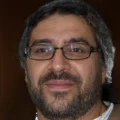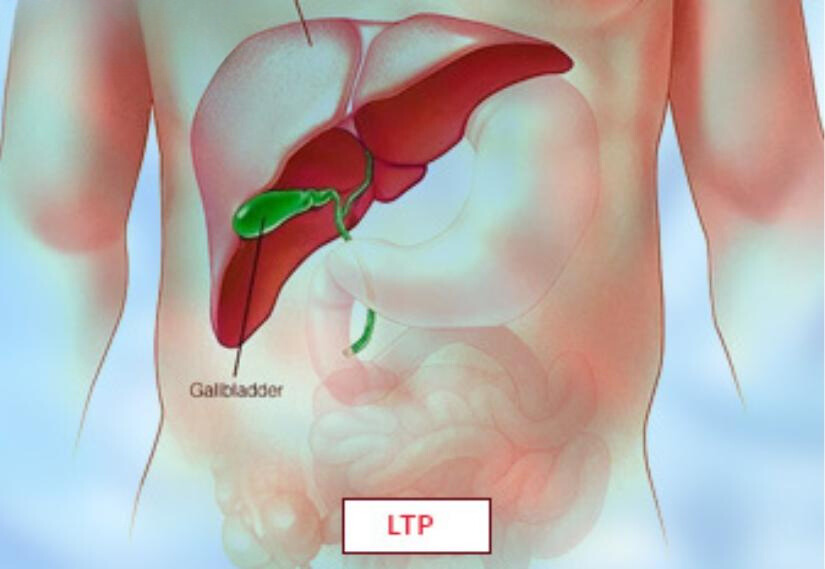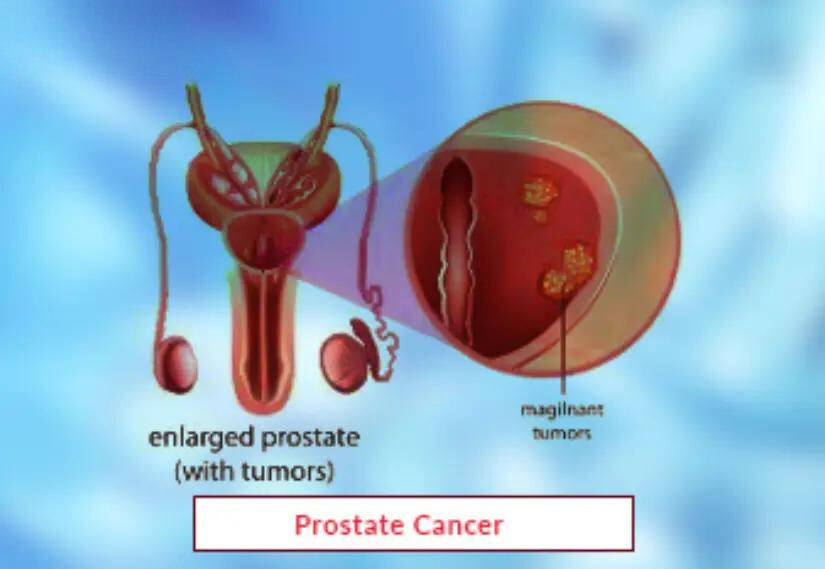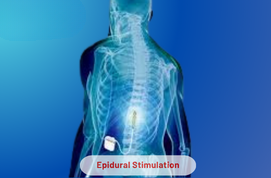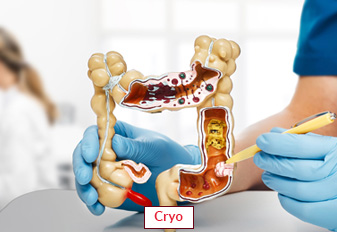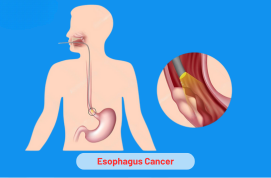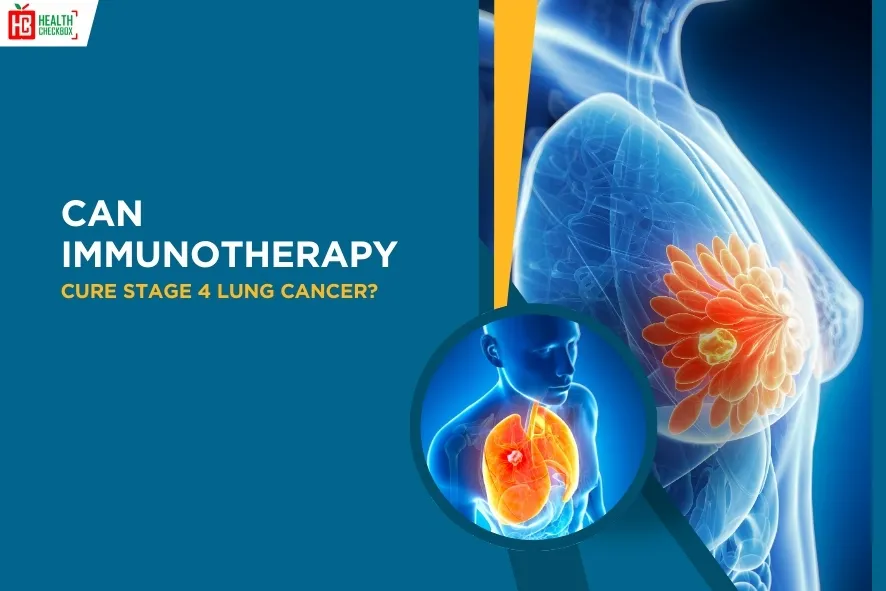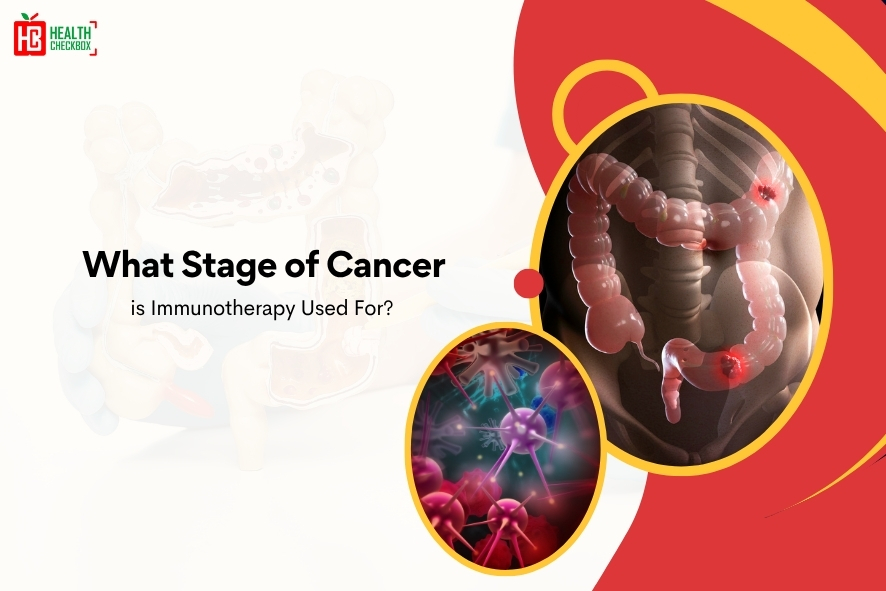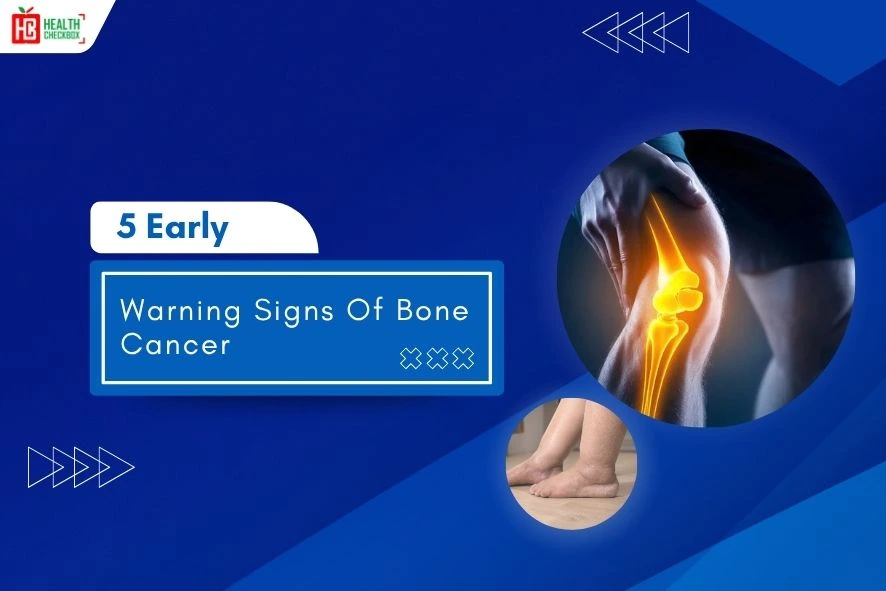In order to make breathing easier, laryngotracheoplasty widens your windpipe. A tiny piece of cartilage, a stiff connective tissue that is present in many parts of your body, is inserted into the restricted region of your windpipe during this procedure to widen it. Although it can affect adults as well, children are most frequently affected by constricted windpipes. Numerous factors, such as trauma, illness, reflux of stomach acid, congenital disorders, or the placement of a breathing tube, can cause it. The same factors can cause an adult’s windpipe to narrow, but a condition that causes inflammation of the blood vessels or tissues may also be the cause.
LTR aims to create a secure and safe airway without the need for a breathing tube. Often, this technique allows the removal of a tracheostomy tube in patients who already have one to assist them in breathing. Approximately 94.6% of laryngotracheoplasty procedures are successful. Tracheal or subglottic stenosis can be treated with laryngotracheoplasty. Depending on the necessity, one can complete a temporary tracheostomy.
A neck incision into the trachea is possible in one step or two. The goal of the technique is to enhance breathing and reduce symptoms like respiratory distress or noisy breathing. To ascertain eligibility and go over the specifics and possible hazards of LTP. It is important to consult with an otolaryngologist or an expert in airway surgery.
Types of Laryngotracheoplasty
There are several types of laryngotracheoplasty.
- Open Surgical Approaches: Long-term decannulation may result from these, although the risks of morbidity and death are increased.
- Staged LTP: This could be recommended for difficult circumstances.
- One-stage LTP: To keep the airway open during the healing process, a breathing tube is inserted through the nose.
- Two-stage LTP: Throughout the healing period, a tracheostomy tube is retained in place.
- Hybrid, or One-and-a-Half-Stage Reconstruction: This combines features of both single-stage and double-stage reconstruction.
- Endoscopic Laryngotracheal Reconstruction: This less invasive treatment involves inserting a rod with a light and camera via the mouth and into the airway, along with surgical equipment.
Why Is It Done?
The main objective of LTR surgery is to create a stable, long-lasting airway that does not require a breathing tube for the children to breathe through. Issues with voice and swallowing can potentially be resolved with surgery. Among the causes of this operation are
- Narrowing of the Airway: The most common cause of stenosis in newborns born with congenital disorders, prematurely, or as a result of medical procedures is irritation associated with the placement of a breathing tube known as endotracheal intubation. Stenosis can also be caused by infection, disease, or injury. The windpipe directly below the vocal cords is called subglottic stenosis, the vocal cords themselves as glottic stenosis. The main portion of the windpipe popular as a tracheal stenosis, can all be affected by stenosis.
- Voice Box Malformation: The larynx may be confined by aberrant tissue growth (laryngeal web), which can occur from scarring after an illness or medical operation, or it may be incompletely developed at birth (laryngeal cleft).
- Weak Cartilage: Breathing becomes challenging for the young child because their soft, immature cartilage lacks the rigidity necessary to keep a clear airway.
- Vocal Cord Paralysis: When one or both vocal cords fail to open or seal correctly, the trachea and lungs are left vulnerable, resulting in this voice condition. Breathing becomes challenging when the vocal cords impede the airway due to improper opening. This issue may be brought on by an illness, accident, infection, prior surgery, or stroke. The cause is frequently unknown.
Benefits of Laryngotracheoplasty
- It can improve airflow.
- Lung function can also be improved.
- Relief from respiratory symptoms.
- It can enhance the quality of life.
- LTP decreases the chances of multiple surgeries.
Risks Associated With Laryngotracheoplasty
Before having an LTP, it is necessary to consult or discuss these risks and consequences with your healthcare experts.
- Infections at the surgical site may be caused by fungi or bacteria.
- Common side effects of anesthesia drugs are mostly short-lived but remain for several days.
- Emergency measures may be necessary if there is a potentially fatal bleeding during or after the procedure.
- Breathing problems, discomfort, and difficulties swallowing might result from severe postoperative pain.
- Damage to the vocal cords or surrounding tissues may result in changes to the vocal quality or hoarseness.
- Sometimes an inflammation or scarring of the upper airway may cause dysphagia.
Procedure of Laryngotracheal Reconstruction Surgery
We offer expert care from before to after:
Before Procedure
- Using an endoscopic technique, tools are inserted via your mouth to access your airway.
- An incision is made in your neck during open-airway surgery. One or more steps of open-airway surgery may be performed.
- The doctor will discuss the best course of action after considering your condition and any other medical conditions that may be present.
Diagnosis Before Surgery
- Endoscopic examination
- Pulmonary function tests
- CT scan and MRI tests
- Dysphagia evaluations
- Assessment of voice
- Studies using pH/impedance probes
- Studies of sleep (polysomnograms)
During Procedure
Single-Stage reconstruction
- If there is a tracheostomy tube, it is taken out.
- By cartilage from the thyroid, ribs, or ears into the trachea, the surgeon reconstructs the airway.
- To support the grafted part, a temporary tube called an endotracheal hose is placed into the trachea through the mouth or nose. Depending on how long it takes for the area to heal, which is largely dictated by the quantity and location of the cartilage grafts. The tube will normally stay in place for two weeks.
Double-Stage Reconstruction
- The doctor reconstructs the path of the airways. By inserting pieces of cartilage from the ears, ribs, or thyroid into the trachea.
- A T-shaped tube is inserted or the tracheostomy tube is left in place to create a framework for the airway to heal. With the intention of removing it. During the following phase, the stent stays in place until the area heals, which could take up to six weeks.
Endoscopic Laryngotracheal Reconstruction
- It is a less intrusive operation. In order to perform endoscopic surgery without creating any external incisions, the physician places surgical tools and a rod equipped with a light and camera into your or your child’s mouth through a rigid viewing tube (laryngoscope) and moves them into the airway.
After Procedure
- A breathing tube is placed through the nose after surgery to hold the airway and graft in place for healing. By doing this, the airway is kept from contracting again.
- For one to two weeks following surgery, patients are monitored in the intensive care unit for healing and airway stability.
- Medication may be administered to prevent pain and discomfort.
- After surgery, a little drain could be inserted in the neck to let air and fluid escape. Usually, this drain is taken out after a few days.
- Post-operative pain and discomfort are common, but they can be controlled with medicine and pain management methods.
Latest Health Tips
Can Immunotherapy Cure Stage 4 Lung Cancer?
Early Signs of Cervical Cancer
Foods that Kill Cancer: Leafy Vegetables, Grains, & More
What Stage of Cancer is Immunotherapy Used For?
Which is Worse for Cancer, Sugar or Alcohol?
Vaccines That Prevent Cancer
What Kills Cancer Cells in the Body Naturally?
Early Warning Signs of Bone Cancer
Submit Your Enquiry
Testimonials




